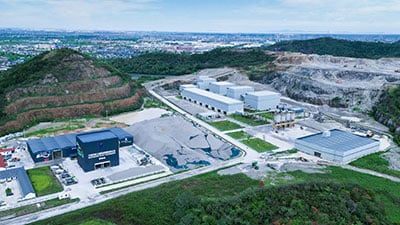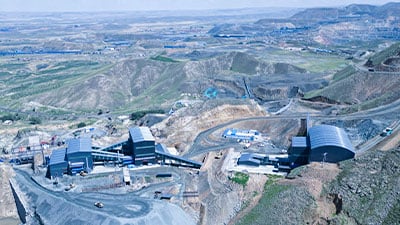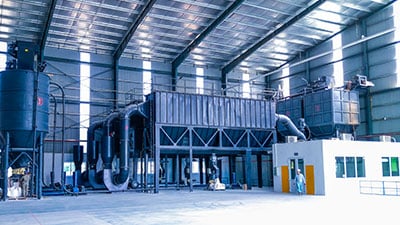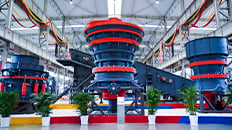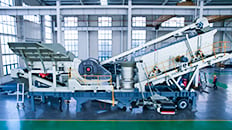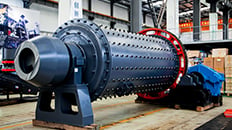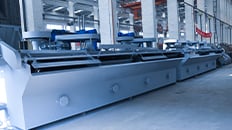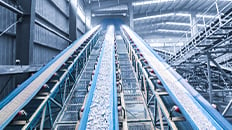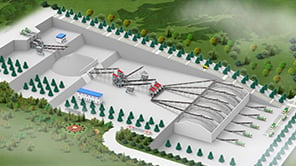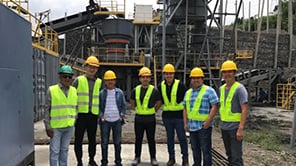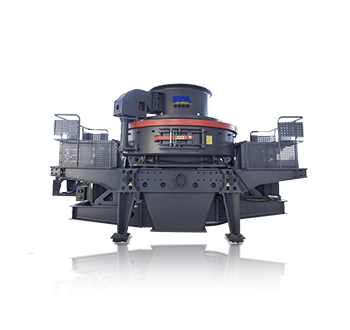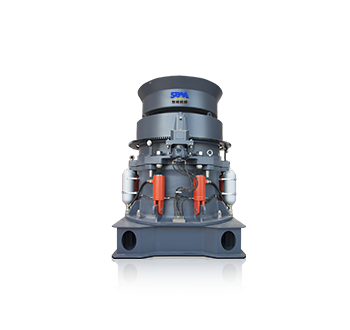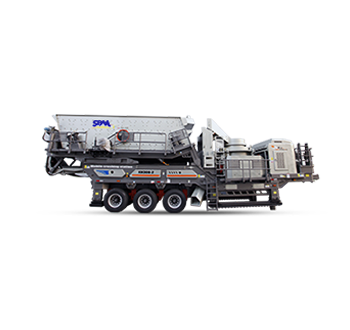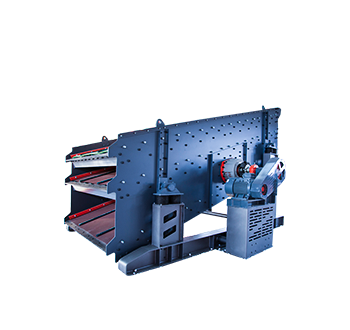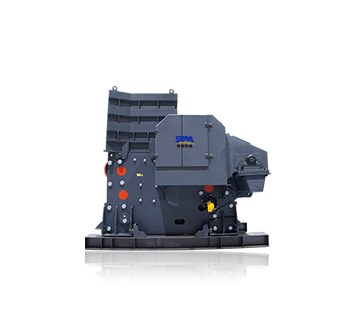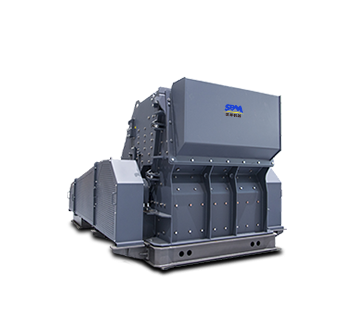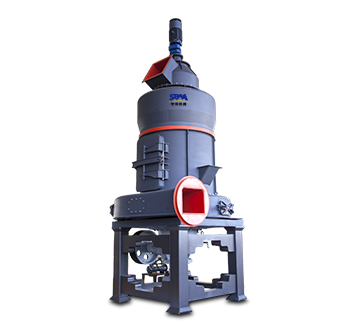Summary:Helps mining operators reduce the overall cost of operating a jaw crusher by addressing key factors such as energy consumption, wear parts management, maintenance and process optimization.
Jaw crusher is critical machines in the mining and quarrying industries, responsible for the essential first stage of size reduction. These robust, reliable crushers play a pivotal role in transforming raw mined materials into valuable commodities. However, to maintain profitability and competitiveness, mining operations must constantly seek ways to optimize the performance and reduce the operating costs associated with the jaw crusher.
This comprehensive guide explores various strategies and best practices to help mining operators lower the overall costs of running jaw crushers. By addressing key factors such as energy consumption, wear part management, maintenance, and process optimization, this article provides a roadmap for enhancing the efficiency and cost-effectiveness of jaw crusher operations.

Understanding the Cost Drivers
Identifying the primary cost drivers is the first step in developing a targeted approach to reducing the operating expenses of jaw crushers. The main cost components typically include:
- Energy Consumption: Jaw crusher is power-intensive machines, with electric motors driving the crushing mechanism. Electricity can account for a significant portion of the total operating costs, making it a crucial area for optimization.
- Wear Parts Replacement: The repeated impact and abrasion experienced by the crusher's jaws, liners, and other wear components necessitate regular replacement. Minimizing these replacement costs is essential for improving the overall cost-effectiveness.
- Maintenance and Repair: Routine maintenance, unplanned downtime, and major overhauls can all contribute substantially to the operating expenses. Proactive maintenance strategies and effective breakdowns management are crucial.
- Labor Costs: The personnel required to operate, maintain, and monitor the jaw crusher, as well as any associated material handling, can add to the labor-related expenses.
- Consumables and Supplies: Various consumables, such as lubricants, hydraulic fluids, and wear-resistant liners, are necessary for the ongoing operation of the crusher.
By understanding the relative significance of these cost drivers, mining operators can develop targeted strategies to optimize each area and achieve meaningful reductions in the overall operating costs.
Energy Consumption Optimization
Reducing the energy consumption of jaw crushers is a primary focus for cost savings, as electricity can account for up to 50% of the total operating costs.
- Implement Energy-Efficient Motors: Replacing older, less efficient electric motors with high-efficiency models can significantly reduce the power draw of the crusher. The latest generation of high-efficiency motors, often referred to as IE3 or IE4 motors, can offer energy savings of 2-5% compared to standard motors.
- Optimize Crusher Settings: Adjusting the crusher settings, such as the closed-side setting (CSS) and eccentric throw, can have a direct impact on energy consumption. By fine-tuning these parameters, operators can find the optimal balance between product size, throughput, and power draw.
- Implement Variable Frequency Drives (VFDs): Incorporating VFDs into the crusher's electrical system allows for more precise control over the motor speed and torque. This can result in energy savings of 10-30% compared to direct-on-line (DOL) starters, particularly when the crusher operates at partial loads.
- Improve Feed Consistency: Maintaining a consistent feed size and flow rate into the crusher can help optimize the energy efficiency. Fluctuations in the feed characteristics can lead to increased power draw and reduced productivity.
- Conduct Regular Maintenance: Proper maintenance of the crusher, including the lubrication system, bearings, and other mechanical components, can help maintain energy efficiency by reducing frictional losses and ensuring optimal operation.
Wear Parts Management
Effective management of wear parts is crucial for controlling costs and maintaining the crusher's performance.
- Utilize Wear-Resistant Liners: Invest in high-quality, wear-resistant liners and jaw plates to extend their service life. Materials such as manganese steel, chrome-molybdenum alloy, or ceramic-reinforced liners can significantly outlast standard components.
- Implement a Planned Replacement Program: Develop a proactive replacement schedule for wear parts, based on factors such as operating hours, production volumes, and historical wear rates. This helps avoid unplanned downtime and costly emergency replacements.
- Monitor Wear Patterns: Regularly inspect the crusher's wear components and analyze the wear patterns. This data can inform the optimal replacement intervals and help identify any issues that may be accelerating wear.

Maintenance and Downtime Optimization
Scheduled and unplanned downtime present significant opportunities for cost reduction through effective maintenance strategies.
- Condition Monitoring: Implementing online condition monitoring equipment allows continuous remote assessment of crusher components. Vibration, temperature and lubrication data helps prioritize maintenance work.
- Preventive Maintenance: Developing scheduled servicing programs based on operating hours/tonnage processed reduces unexpected failures. Activities like lubrication, belt-tensioning and component-inspection optimize asset availability.
- Maintenance Optimization: Leveraging digital technologies like augmented reality, remote asset inspection and maintenance simulation assists improving processes efficiency. This decreases downtime duration.
- Component Standardization: Where suitable, using interchangeable components across similar crushers minimizes spares inventory costs and streamlines repairs. Standard fasteners/hydraulic-fittings cut maintenance time.
- Outsourcing: Consider outsourcing non-core maintenance activities to specialized contractors. Performance-based contracts which transfer uptime risks offer cheaper all-inclusive service rates against in-house maintenance.
Process Optimization
Crushing-circuit design impacts productivity and costs. Periodic reviews identifying areas for:
- Improved Material Flow: Conveyor-velocity optimization, surge-bin sizing and transfer-points design prevents bottlenecks hindering continuous feeding.
- Optimal Sizing: Multi-stage crushing with proper closed-side settings achieves desired product-size while skipping finer re-crushing reduces power consumption.
- Scalping Inclusion: Installing scalping-screens ahead removes oversize/fines lowering crusher workload, preserving wear-parts and enhancing capacity.
- Lubricant Selection: Choosing lubricants suited to operating conditions like temperature-extremes and contaminant-levels cuts consumption costs.
- Impact-Attachment Usage: Where applicable, equipment like rock-breakers or hammers pre-condition feed prior to primary-crushing for improved productivity.
As demand growth exerts pressures to boost crushing efficiency amid tight margins, active operating cost management plays a pivotal role for jaw crusher owners.
In summary, a systematic approach examining all cost-determining factors delivers optimum jaw-crusher operations efficiency. Regular performance-review ensures sustainability through continuous- enhancements as per dynamic industry needs.

